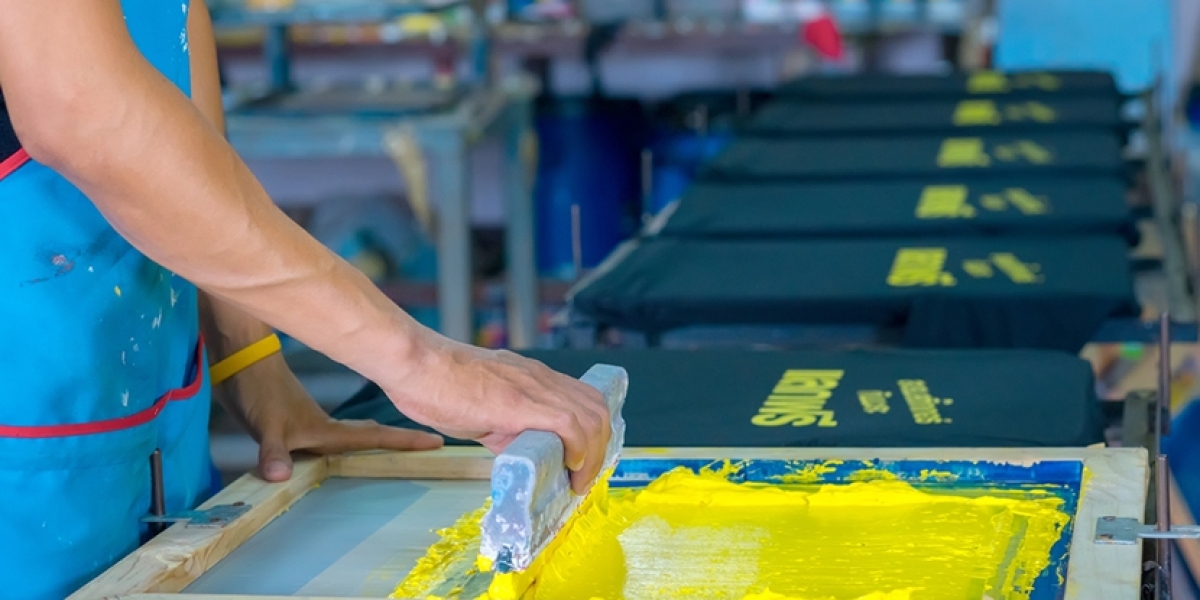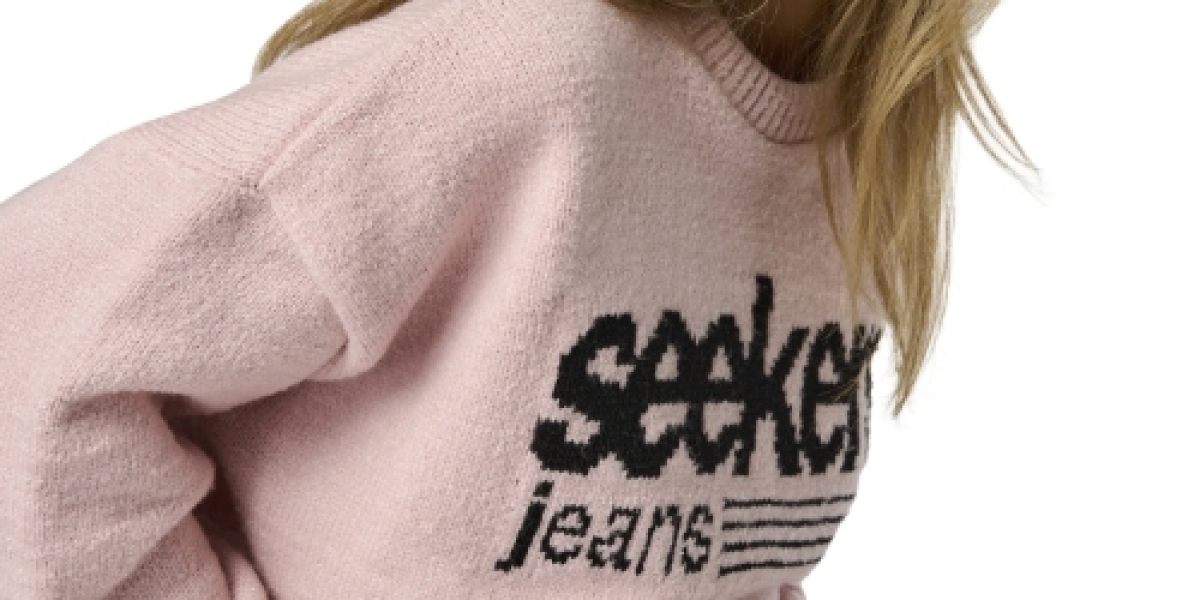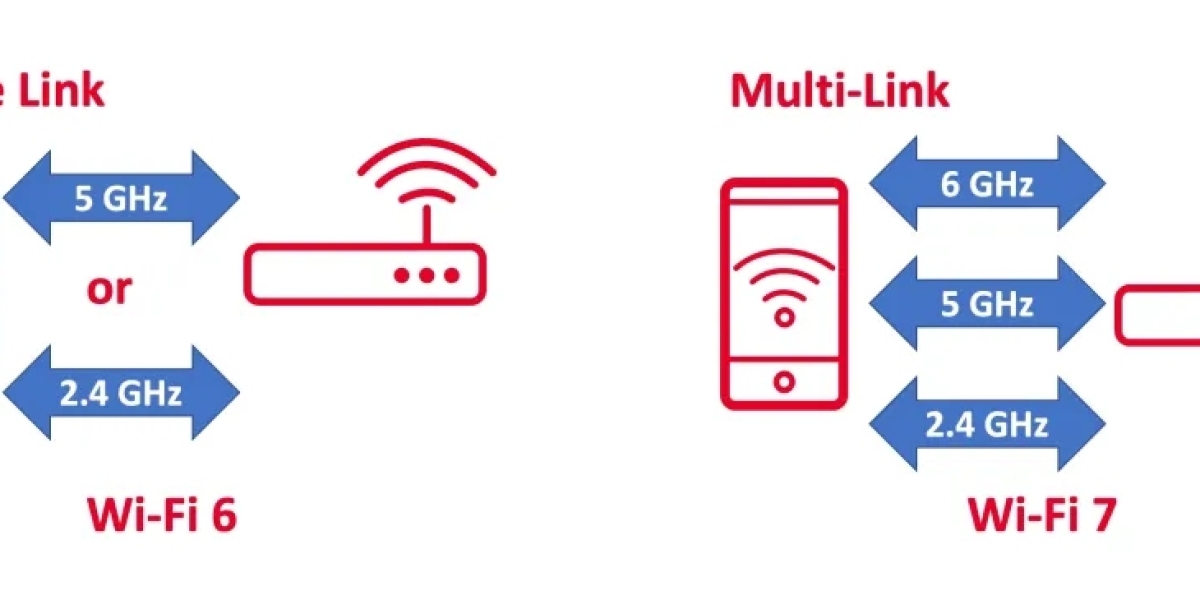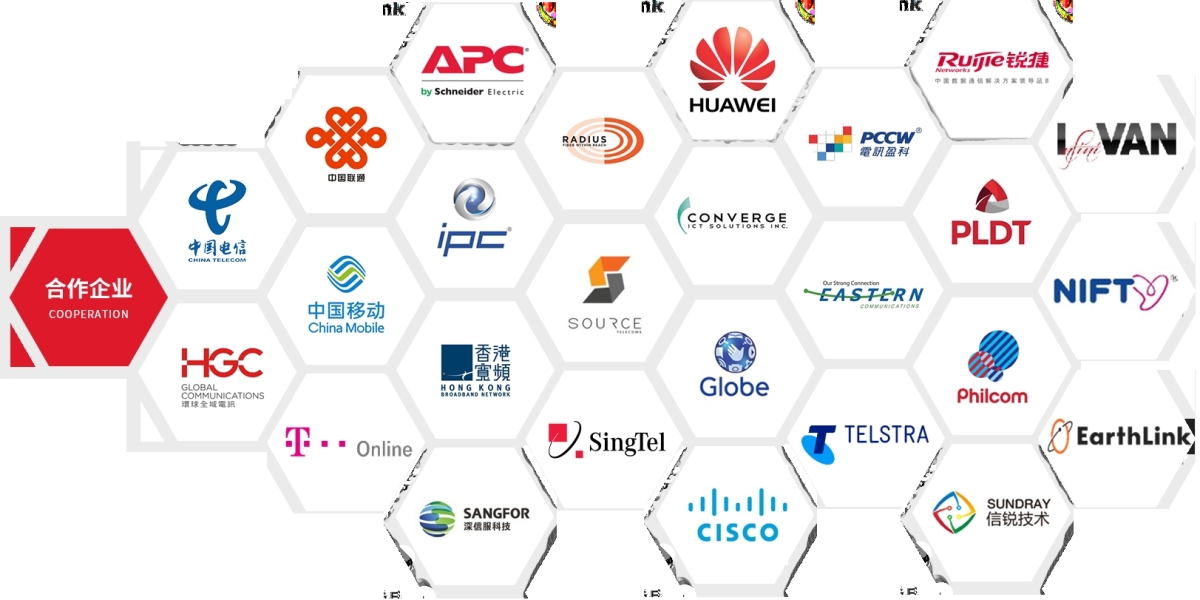Screen printing has become a cornerstone of the custom apparel industry, offering unmatched quality, vibrant colors, and long-lasting designs that elevate every piece of fabric into a work of art. Whether you’re launching a clothing line, promoting your brand, or designing event merchandise, understanding the power and process of screen printing can transform how you think about apparel customization.
What is Screen Printing?
Screen printing, also known as silk screening, is a printing technique where ink is pushed through a fine mesh stencil (screen) onto fabric or other surfaces. Each color in a screen printing designs is printed using a separate screen, ensuring high-quality color saturation and precision. This method allows for bold, vibrant, and durable prints that resist fading and cracking even after multiple washes.
Unlike digital printing, which applies ink directly to fabric, screen printing uses layers of thick ink, giving the final product a rich texture and premium feel. This makes it the go-to choice for high-quality promotional apparel, uniforms, and fashion collections.
The History of Screen Printing
The origins of screen printing trace back to ancient China during the Song Dynasty (960–1279 AD), where silk screens were used to transfer designs onto fabric. The technique spread across Asia and eventually reached Europe in the 18th century.
However, modern screen printing emerged in the early 1900s, gaining popularity through artists and industrial manufacturers. By the 1960s, screen printing became the foundation of the pop art movement, with iconic artists like Andy Warhol popularizing it through works such as the famous Marilyn Monroe prints.
Today, this method remains a preferred printing technique across industries for its versatility, durability, and artistic potential.
The Step-by-Step Process of Screen Printing
To fully appreciate the artistry behind screen printing, it’s essential to understand each stage of the process:
1. Design Preparation
The process begins with a digital design, which is separated into individual color layers. Each layer will require its own screen. Designers use software like Adobe Illustrator or CorelDRAW to ensure perfect alignment (registration) of all elements.
2. Screen Creation
A fine mesh screen—traditionally silk, now mostly polyester—is coated with a light-sensitive emulsion. Once dry, the film positive of the design is placed over the screen and exposed to light. The light hardens the emulsion, and the unexposed areas are washed out, leaving a stencil of the design.
3. Setup and Registration
Each screen is carefully aligned on a screen printing press to ensure the layers match perfectly. Multi-color designs require precise registration to prevent overlapping or misalignment.
4. Ink Application
Ink is applied at the top of the screen, and a squeegee is used to press it through the open areas of the stencil onto the garment. This process is repeated for each color, often using curing stations or heat presses between layers.
5. Curing and Finishing
Once the printing is complete, garments are cured under heat (typically around 320°F / 160°C) to bond the ink permanently to the fibers. This ensures the print remains wash-resistant, vibrant, and long-lasting.
Advantages of Screen Printing
1. Vibrant and Long-Lasting Colors
Screen printing delivers rich, opaque colors that pop on any fabric. The thick ink layers create vivid and durable prints that can last for years without fading.
2. Cost-Effective for Bulk Orders
For large quantities, screen printing is highly economical. Once the screens are created, printing multiple garments becomes fast and efficient, reducing the cost per unit.
3. Versatile Printing Options
This technique works on a wide variety of materials, including cotton, polyester, nylon, and blends. Beyond clothing, screen printing is also used for bags, posters, wood, metal, and glass.
4. Professional and Premium Finish
The smooth texture and sharp detailing achieved through screen printing make it ideal for branding apparel, sports uniforms, and retail merchandise. The finish gives a professional and high-end look that digital printing often can’t match.
Screen Printing vs. Digital Printing
When it comes to choosing between screen printing and digital printing, understanding their differences is crucial.
| Feature | Screen Printing | Digital Printing |
|---|---|---|
| Durability | Highly durable, withstands many washes | Moderate durability |
| Color Vibrancy | Deep, vibrant, and textured | Flat, softer colors |
| Setup Cost | High initial setup, low cost per item | Low setup, higher cost per item |
| Best For | Bulk orders and solid-color designs | Small runs and detailed images |
| Finish | Glossy or matte texture | Soft and smooth finish |
In short, screen printing shines for bulk orders, bold logos, and long-lasting results, while digital printing suits short runs or detailed, photo-realistic designs.
Popular Applications of Screen Printing
1. Custom Apparel
From t-shirts and hoodies to sportswear and uniforms, screen printing offers consistent quality across all clothing types.
2. Promotional Products
Brands use screen printing for branded merchandise such as tote bags, hats, and jackets—ideal for marketing campaigns and events.
3. Retail and Fashion Lines
Independent fashion labels often rely on screen printing for unique, hand-crafted aesthetics that define their brand identity.
4. Corporate Branding
Companies use this method to produce uniforms and branded workwear, ensuring a cohesive and professional image.
Choosing the Right Screen Printing Ink
The choice of ink significantly influences the final outcome. Here are the main types:
Plastisol Ink
Most common and durable, Plastisol ink sits on top of the fabric, offering vibrant and opaque colors.
Water-Based Ink
Eco-friendly and breathable, water-based inks soak into the fabric, providing a softer touch and a vintage feel.
Discharge Ink
Used to bleach the fabric’s dye and replace it with pigment, resulting in soft prints on dark garments.
Specialty Inks
Includes metallic, puff, glow-in-the-dark, and reflective inks, used for creative and premium designs.
Tips for Quality Screen Printing Results
To achieve professional-grade screen printing, consider the following tips:
Use high-mesh screens for fine details.
Ensure precise color registration for multi-color designs.
Always pre-wash garments to prevent shrinkage and misalignment.
Test ink curing temperatures for fabric compatibility.
Maintain consistent squeegee pressure and angle.
Attention to these details ensures clean, crisp, and flawless prints that stand out in quality and durability.
Why Screen Printing Remains the Industry Standard
Even with modern advancements in digital printing, screen printing remains the gold standard for professional garment decoration. Its combination of longevity, vibrancy, and versatility makes it an unbeatable choice for large-scale apparel production and private label clothing manufacturers. Businesses worldwide continue to trust screen printing for its ability to deliver consistent, premium-quality results that truly represent their brand.
Conclusion
Screen printing is more than just a printing technique—it’s an art form that merges creativity with craftsmanship. For brands seeking durability, boldness, and professional appeal, screen printing remains the most reliable and visually striking solution. Whether you’re customizing a small batch of shirts or producing thousands for retail, this method ensures your prints make a lasting impression.









